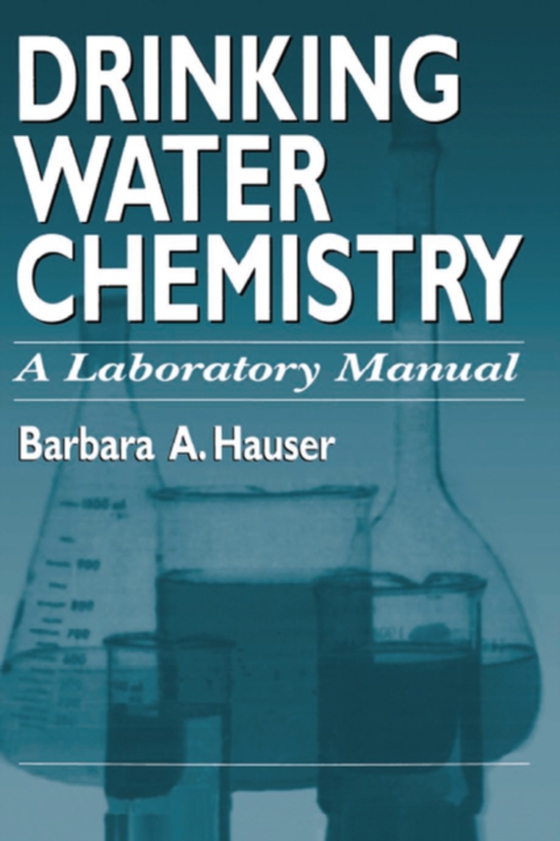
Drinking Water Chemistry e-bog
948,41 DKK
(inkl. moms 1185,51 DKK)
Whether you are a new employee or seasoned professional you need easy access to the latest test methods, updated quality control procedures, and calculations at your fingertips. You need to perform analyses quickly and easily and troubleshoot problems as they arise. You need a resource that is not only informative, but also practical and easy to use. Drinking Water Chemistry: A Laboratory Manua...
E-bog
948,41 DKK
Forlag
CRC Press
Udgivet
3 oktober 2018
Længde
214 sider
Genrer
Hydrology and the hydrosphere
Sprog
English
Format
pdf
Beskyttelse
LCP
ISBN
9781420056112
Whether you are a new employee or seasoned professional you need easy access to the latest test methods, updated quality control procedures, and calculations at your fingertips. You need to perform analyses quickly and easily and troubleshoot problems as they arise. You need a resource that is not only informative, but also practical and easy to use. Drinking Water Chemistry: A Laboratory Manual fills this need.The book gives you a thorough overview of the most basic, and therefore important, laboratory topics such as:Laboratory Safety - dos and don'ts based on real experienceSampling - preservation techniques, online sampling, and record keepingLaboratory Instruments - practical use ranges, principles of operation, calibration, conditioning, useful life and replacement, common quality control issuesChemical Use - reagents, standards, indicators, purpose and use, chemical quality and properties, avoidance of contamination, molecular weight calculationsQuality Control - replicate analyses, spiked, split, and reference samples, percent recovery of standard, standard deviation, control charts, and everyday quality control measuresWeights and Concentrations - care and analytical balances, mathematical conversions among concentration units, dilutions and concentration changesThe remaining chapters cover test analysis including: reason for the test, type of sample taken, treatment plant control significance, expected range of results, appropriate quality control procedures, apparatus used, reagents, including function, concentration and instructions for preparation, procedural steps, calculations and notes on possible problems, and references. This is a working manual, meant to be kept by your side in the lab, not on the shelf in an office or library. You can bend it, you can lay it flat, you can take it anywhere you do your job. Useful and practical Drinking Water Chemistry: A Laboratory Manual provides the information you need to perform tests, understand the results, apply them to the determination of water quality before and after treatment, and troubleshoot any problems.
 Dansk
Dansk

